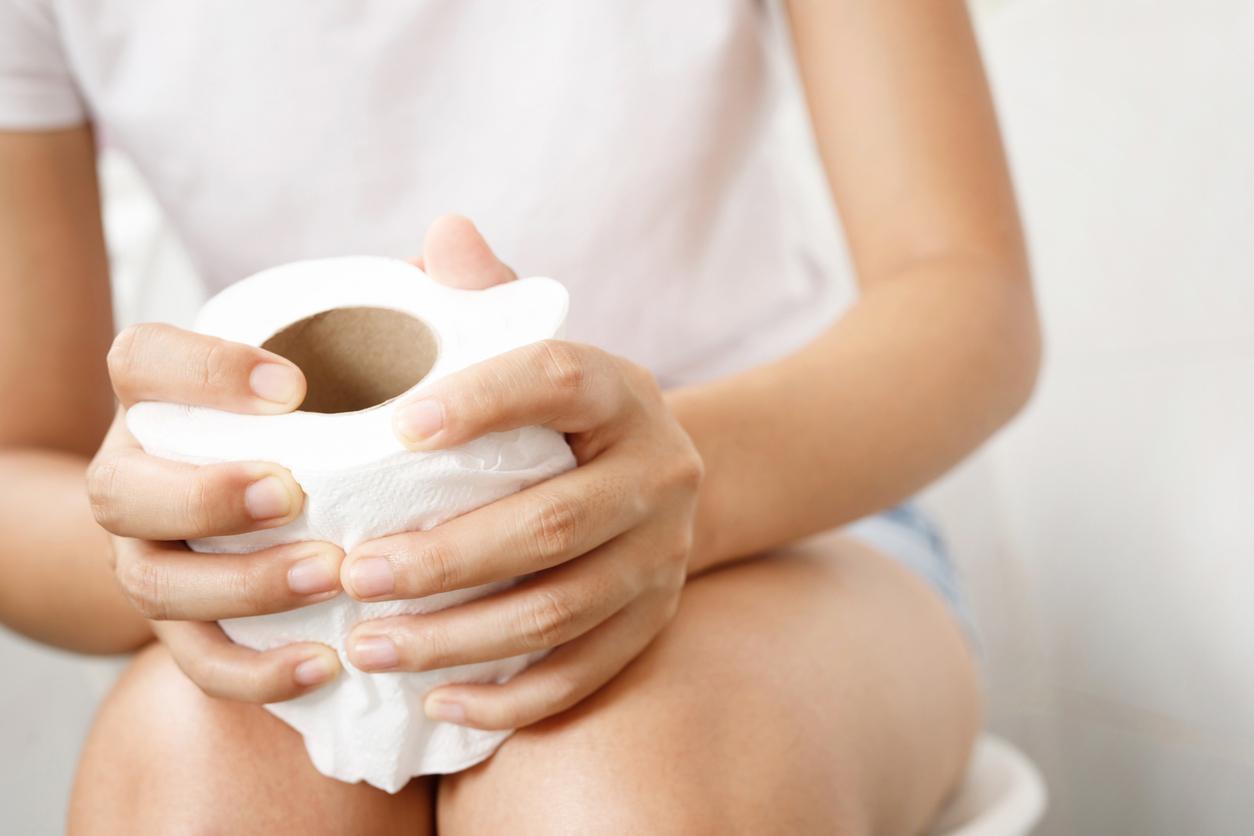Known for its laxative and anti-inflammatory properties, mallow flower is one of the few plants with anti-inflammatory properties without any side effects. The benefits of mallow can be appreciated as well in herbal tea as in capsule or in skin application.
The mallow flower is recognized for its many virtues: emollient, softening, antiulcer, vulnerary (heals wounds), laxative, anti-inflammatory, antioxidant, antibacterial, cough suppressant (remedy to calm coughs).
It is often recommended as a therapeutic treatment for inflammation of the intestines. An excellent laxative, mallow flower stimulates the digestive system, protects us from inflammation and regulates intestinal transit. In particular, it treats constipation and optimizes digestion.
The benefits of mallow
Mallow flower also helps limit digestive discomfort such as bloating. We also recognize him as a protective effect against yeast infections that can attack the digestive tract during chemotherapy.
Mallow is rich in vitamins C and E, unsaturated fatty acids (eg alpha-linoleic acid), terpenes (antimicrobial agents) and polyphenols. These are at the origin of antioxidant and anti-inflammatory properties of the mallow flower. Its antitussive virtue comes from the mucilages it contains.
Other health benefits of mallow
Star flower of herbal medicine, the health benefits of mallow are multiple:
- It is effective in the fight against colds, bronchitis or angina thanks to its antitussive properties which help to calm the irritation of respiratory tracts.
- Excellent oral analgesic, the mallow flower helps to treat canker sores, stomatitis and toothaches.
- Mallow helps relieve urinary tract infections because it has anti-inflammatory properties.
- Long-term use of the mallow flower can treat the constipation regular.
- The mallow flower has emollient properties that help soothe skin conditions.
- In case of cracks, crevices or insect bites, it is very effective.
- By its ability to retain water, mallow is also very moisturizing and contributes to the expulsion of secretions and their elimination.
How to take advantage of the benefits of mallow?
The mallow flower can be used in various forms as needed: infusions, decoctions, floral waters, capsules (dry extracts), poultices or even sweets.
- Against constipation : Mallow flower is an excellent laxative for both adults and young children. We let infuse 2 or 3 tablespoons of dried flowers in 1 liter of hot water. And we drink 2 to 4 cups a day.
- In case of cough, ofrespiratory ailments or intestinal irritation: We use 2 tablespoons of a mixture of flowers and mallow leaves for 1 liter of water. And we drink 1 to 3 cups a day.
- For external use : To treat oral conditions, mallow can be used as a decoction for mouthwashes and gargles. It can also be used in cleansing and soothing lotion or as a compress to treat irritated skin.
- In capsules: it is also available in the form of food supplements in the composition of Transit ACE d ‘Actinutrition, useful to promote transit.
Contraindications and precautions for use
The mallow flower does not have no contraindication, nor any interaction with other drugs. Its intake is authorized for both pregnant women and babies. However, due to its laxative action, it should not be consumed in excess. Exceeding the recommended doses may cause side effects such as diarrhea.
To benefit from the benefits of mallow, it is important to respect the dosage recommended or follow the instructions of his doctor or pharmacist, especially if the remedy is for a young child.
Mallow flower syrup recipe
Ingredients :
- 5 handfuls of mallow flowers
- 200 grams of brown sugar
- 1 sachet of vanilla sugar
- Juice of one lemon
- A few apple seeds in gauze to gel slightly
Preperation :
- After picking, we quickly put the flowers (after rinsing) in a saucepan with the sugar and cover with water. It is left to macerate for an hour.
- Then add the lemon juice, apple seeds and boil for 30 minutes without a lid.
- Then filter to remove the flowers and boil for another 30 to 45 minutes depending on the amount of water added at the start and the consistency desired for the syrup.
















